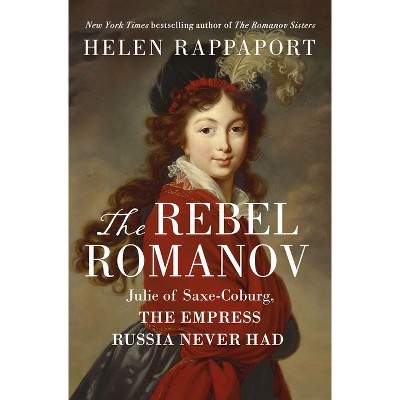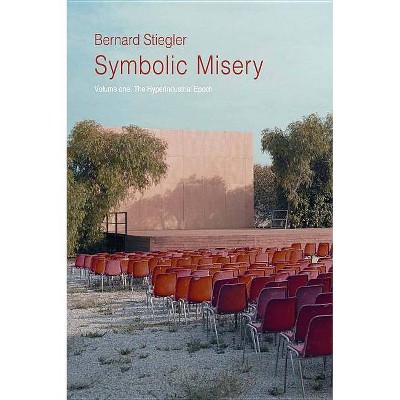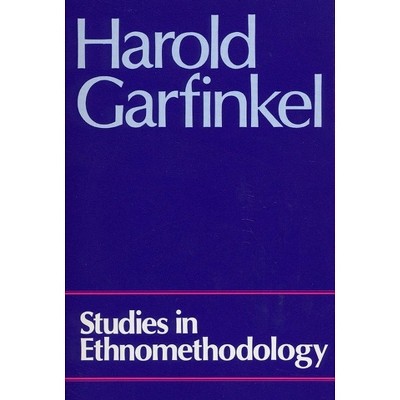Sponsored

Forms of the Visible - by Philippe Descola (Hardcover)
In Stock
Sponsored
About this item
Highlights
- Imagery and figuration are not just figments of an artist's imagination.
- About the Author: Philippe Descola is Emeritus Professor of Anthropology at the Collège de France and Director of Studies at EHESS, Paris.
- 637 Pages
- Social Science, Anthropology
Description
Book Synopsis
Imagery and figuration are not just figments of an artist's imagination. Perception and imagination are always shaped by what habit has taught us to discern. The visual path we spontaneously trace through the world depends on where we are situated in the four regions of the ontological archipelago: animism, naturalism, totemism or analogism. Each of these four regions corresponds to a way of conceiving the objects that make up the world, of perceiving the continuities and discontinuities in the folds of the world and of drawing the dividing lines between humans and nonhumans.From Alaskan Yup'ik masks and Aboriginal bark paintings to miniature landscapes from the Song dynasty and Dutch Golden Age interior scenes: each image reveals, through what it shows or fails to show, a certain figurative regime, identifiable by the formal means it uses and by the device through which it can unleash its power to act. The figurative regime enables us to grasp - sometimes better than words can - the contrasting ways of living that characterize the human condition and its relation to the nonhuman. By comparing a great diversity of visual images and artworks, Descola masterfully lays the theoretical foundations for an anthropology of figuration.
One of the world's leading anthropologists, Philippe Descola has developed a comparative anthropology of relations between humans and nonhumans that has revolutionized both the human sciences and our ways of thinking about the great ecological issues of our time. His new book will be of great value to students and scholars of anthropology, visual art and art history and to anyone interested in art, culture and the relations between the human and nonhuman worlds.
Review Quotes
�Vast, magisterial, and unsettling, Forms of the Visible offers powerful tools for a more precise and more relevant global history of art. No one thinks about images more expansively and urgently than Philippe Descola.�
Joseph Leo Koerner, Harvard University
�In putting his ontological framework to the test of images, Philippe Descola opens a wholly original way of looking at figuration across the entire ethnographic and historical spectrum. With its incisive thinking, breadth of scholarship, and multitude of insights, Forms of the Visible is a veritable tour de force. Neither the discipline of art history nor the anthropology of art will ever be the same.�
Michael Lambek, University of Toronto Scarborough
�Philippe Descola occupies a unique position in the field of social anthropology. Building on the long periods of fieldwork he has spent in Amazonia, the Northwest Coast of America, and Malaysia, he has developed a truly global anthropology of the image. Using a dazzling variety of case studies from Amazonian body painting to Florentine Renaissance painting, and from Dutch seventeenth-century interiors to Yup'ik masks, this book redefines the parameters for any truly global study of image-making for the coming decades.�
Caroline van Eck, University of Cambridge
About the Author
Philippe Descola is Emeritus Professor of Anthropology at the Collège de France and Director of Studies at EHESS, Paris.Shipping details
Return details
Frequently bought together


Trending Non-Fiction















